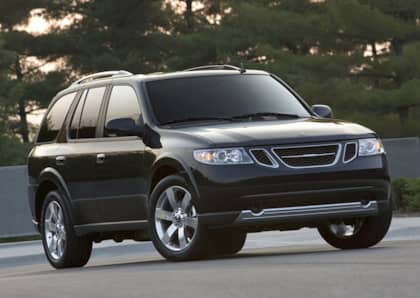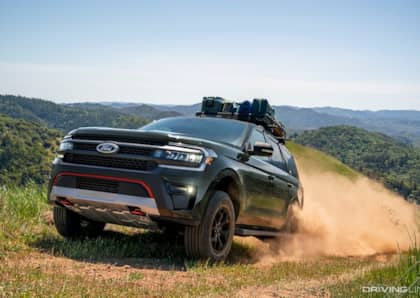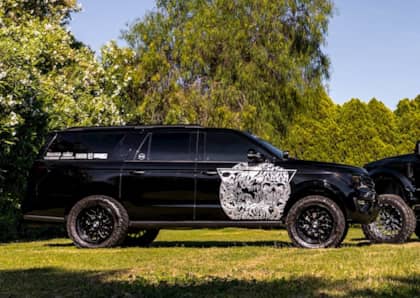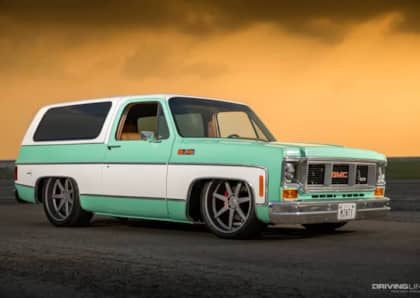5 Coolest Badge Engineered SUVs Ever Built
Badge engineering is a time-tested strategy employed by automakers seeking to plug a hole in their line-up without investing anything like the billions of dollars required to develop an all-new platform. It's way cheaper, and much faster, to simply source a vehicle from a sibling division or far-flung corporate partner, slap your logo on the grille, and call it a day.
Typically, badge engineering leads to fairly uninspired vehicles, or cars and trucks that are clearly outliers compared to their homegrown brethren. Sometimes, however, it can create memorable models that, if not outstanding, are at least worthy of attention from brand loyalists, or stand out for being more unique than strange.
Such is the case with our five favorite badge-engineered SUVs. These trucks managed to be cool despite being weird—or is that the other way around?
Saab 9-7x Aero
Saab didn’t deserve its fate. Condemned by decades of mismanagement by corporate overlord General Motors, by the end of its life the brand had become a dumping ground for boring, badge-engineered platforms from all manner of GM subsidiaries.
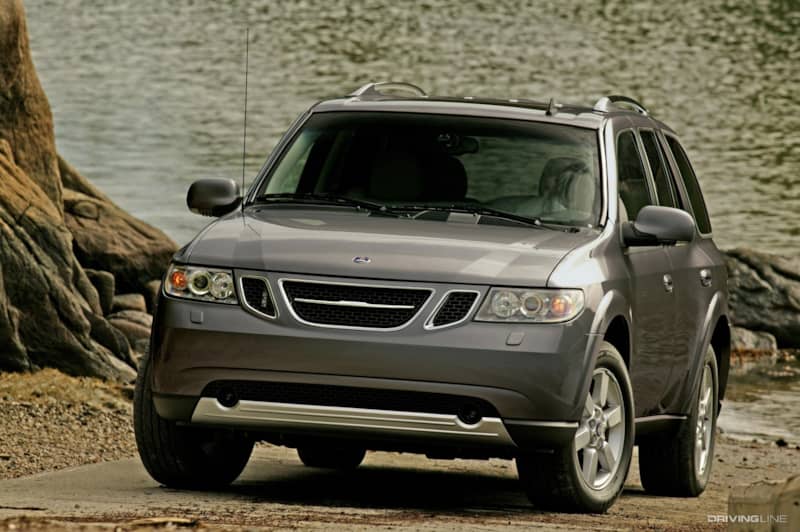
One of these vehicles remains notable many years after the Saab's demise: the 9-7x Aero. Here is a vehicle that was the antithesis to the Swedish company's guiding philosophy, an enormous three-row SUV built on the same platform as the hulking, never-that-great Chevrolet Trailblazer. And yet, in Aero trim, it manages to present a dying gasp of intrigue to would-be Saab shoppers thanks to its inclusion of the same 6.0-liter LS2 V8 found under the hood of the Trailblazer SS.
From 2008 to 2009, the 9-7x Aero delivered solid performance thanks to its 390 horsepower and 395 lb-ft of torque, married to a four-speed automatic transmission. Unlike the Chevy's part-time four-wheel drive, the Saab offered a unique, and standard, all-wheel drive system that shuttled power to the front axles when maximum traction was required. The sprint to 60-mph was accomplished in roughly 5.5 seconds, making it as fast as most sport sedans of its time.
Of course the rest of the Aero was pure plastic, with an interior not nearly up to the standards of what had once been a premium European automaker, paired with driving dynamics that reflected its unwieldy bulk. Still, to this day the 9-7x Aero remains an intriguing alternative to fans of muscle SUVs seeking something way outside the box.
Lexus LX
There are a lot of sport-utility fans who decry the very existence of the Lexus LX. Why, they argue, would someone pay top dollar for what is in essence a gussied-up Toyota Land Cruiser?
This protest makes the most sense when leveled against the first-gen LX, which was rushed to market in the mid-1990s in a bid to soak up the sudden dollars oozing from the luxury SUV market. Still, as time went on the Lexus model began to add significant feature and cabin upgrades to elevate it over the plainer (yet also expensive) Toyota, and in more recent times much more dramatic exterior styling.
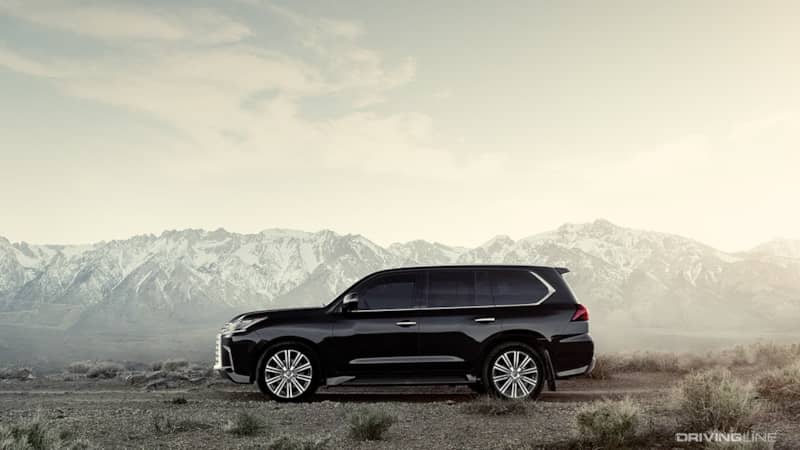
More to the point, the Lexus LX then and now has managed to stay just as capable as the Land Cruiser in an off-road scenario, which is to say it's one of the most rugged all-terrain rides at its price point. It's on par with the Mercedes-Benz G-Class and the Land Rover Range Rover in terms of capability, and any time a luxury brand can offer a comfort-focused truck without sacrificing legitimate off-road chops, that's something to be celebrated.
Honda Passport
Speaking of companies caught flat-footed by the SUV craze… Honda's truck cupboards were relatively bare in the 1990s, and while it was able to quickly develop and release the CR-V cute ute, they had nothing ready to satisfy those looking for something a little larger, let alone off-road ready.
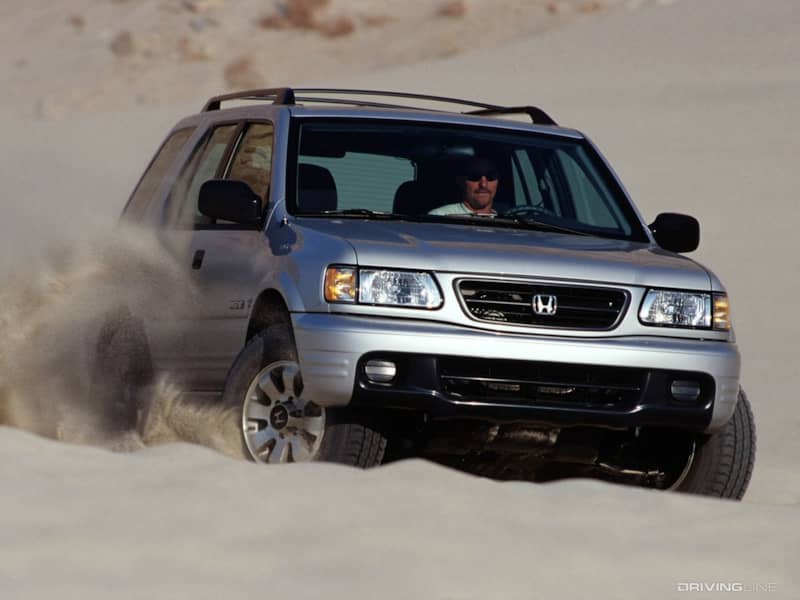
Enter Isuzu, which was selling the fantastically-named Mysterious Utility Wizard in its native Japan (and licensing it out to a number of other brands around the world as one of the most heavily badge-engineered SUVs of all time). Honda struck a deal with Isuzu to sell the four-door truck in America as the Passport, making almost no styling changes in the process.
With legitimate low-range four-wheel drive and a healthy V6 engine, the Passport would go on to be an unlikely start for Honda, making up more than 40 percent of total MU Wizard exports to the United States, right alongside its Isuzu-branded version, which was dubbed the Rodeo.
Ford Maverick
No, not that Ford Maverick—the OTHER Ford Maverick, exclusively available in the Australian market, and a none-too-subtle rebadge of the Nissan Patrol.
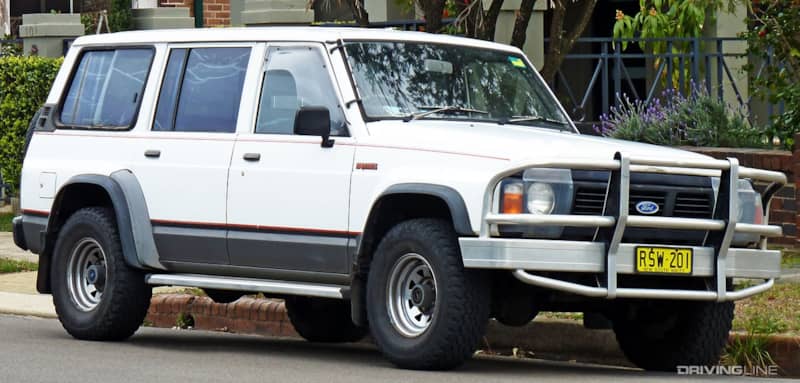
Sold between 1988 and 1994, the YP60 generation of the Patrol (which we never got in North America) gained a Ford logo as part of an extensive government program to open up Australia's automotive industry to outside companies. Up until then domestic builders had been heavily protected by tariffs and other restrictions, but Australia decided it was time to consolidate its existing automakers into a half-dozen of the strongest contenders and invite everyone else in to play.
This created a virtual wild west of badge engineering that would see Toyota and Nissan in particular team up and churn out mildly disguised versions of many popular cars. The strategy wouldn't last, it seems that Aussies weren't easily fooled by imitations, but the Maverick remains an intriguing stand out thanks to the Patrol's solid reputation for reliability and go-anywhere prowess.
Plymouth Trailduster Top Hand
At first glance there's almost no way to tell a Plymouth Trailduster apart from the Dodge Ramcharger it was based on. Even the interiors of these 1970s-era two-door SUVs often featured 'Ramcharger' badging despite being sold by a different Chrysler subsidiary.
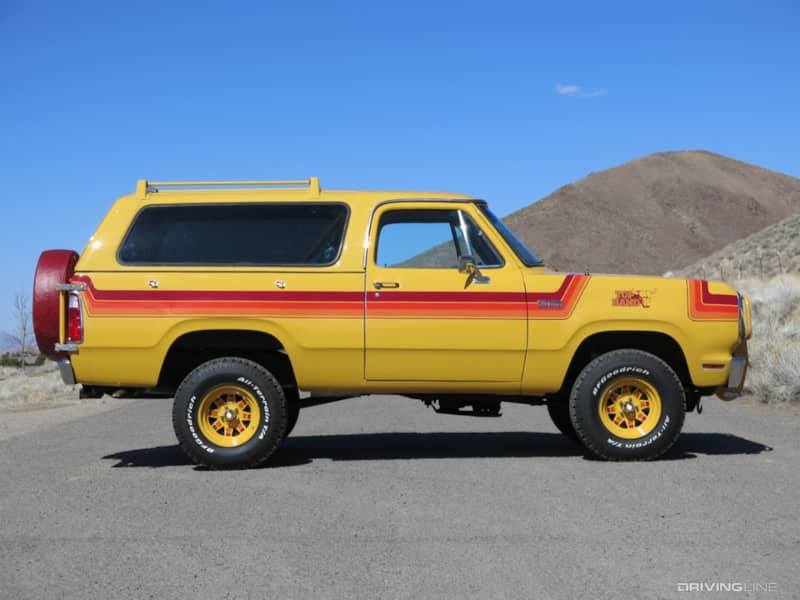
Image courtesy of Cool Classics International.
That being said, there was one very special badge-engineered Trailduster that could be said to be unique: the Top Hand. The 70's saw Mopar turning to increasingly ambitious marketing programs to try and gain traction against Ford and GM, and a big part of that was creating a line of fully-customizable vehicles. For its trucks it went with off-road legend Vic Hickey, whose shop would produce 202 'Top Hand' models, each of which was stuffed with 4x4 gear, in-your-face paint schemes, and in the case of this one-of-one Trailduster, a 440 cubic inch V8.
That's right, Hickey only ever built one 1977 Plymouth Trailduster Top Hand, giving this badge-engineered SUV the unusual status of being the only vehicle of its kind.
Looking for more shining examples of corporate synergy? Check out our look at the strangest badge-engineered vehicles of all time.




